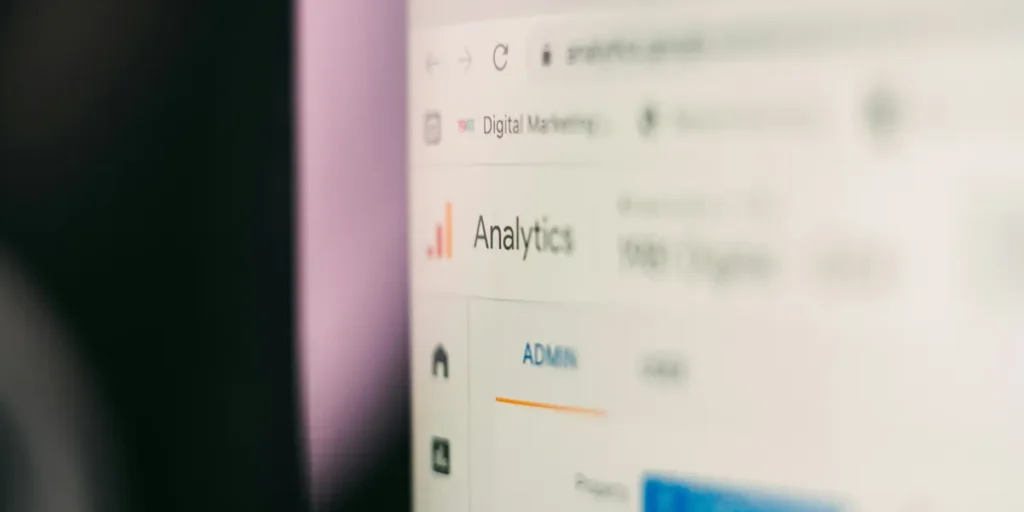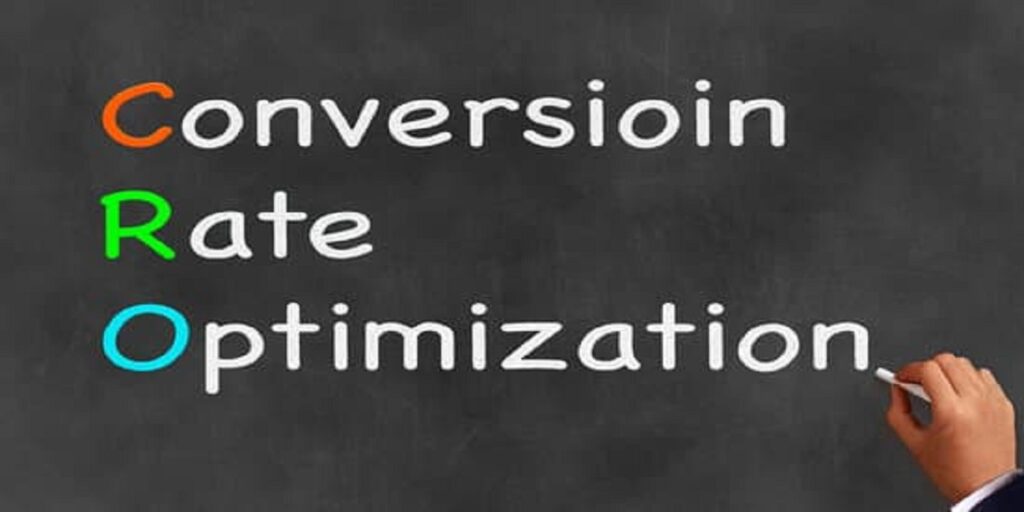How the CPC Model Works
The CPC model compensates publishers or ad platforms based on the number of clicks generated regardless of whether the subsequent visitor takes any further action. Within the context of the CPC vs CPA comparison this model places the emphasis on driving traffic and capturing attention rather than guaranteeing final conversions. Advertisers set a bid or fixed rate per click and the publisher or network serves the ad placing the risk on the advertiser for paying per visit rather than per sale. Publishers are motivated to create compelling clickable content or place ads in high-traffic positions because each click directly earns revenue or aligns with advertiser cost structures.
How the CPA Model Works
In contrast under the CPA model compensation is based not merely on clicks but on actual actions such as a sale signup lead download or other predetermined conversion event. When evaluating CPC vs CPA comparison the CPA model shifts a larger portion of the risk onto the publisher or affiliate since payment is not triggered until the action occurs. Advertisers benefit from knowing they pay only when desired outcomes happen which improves cost-effectiveness and avoids paying for ineffective clicks. Publishers on the other hand must ensure that traffic is not only engaged but qualified and highly likely to convert in order to earn commissions.
Comparing Risk and Reward in CPC vs CPA Comparison
A core aspect of CPC vs CPA comparison is the distribution of risk and reward between advertiser and publisher. With CPC the advertiser bears more risk because they pay for every click regardless of conversion performance but they also stand to gain traffic very quickly. Publishers under CPC earn per click meaning fewer barriers to payment but often face pressure to drive large volumes of traffic to maximize income. Under CPA the publisher takes on more risk since conversion must happen to earn. The reward for a publisher is typically higher per conversion than per click due to the higher value of the action. Advertisers experience lower risk because they pay only for completed actions rather than trials or mere visits.
Budget Predictability and Performance Control
When applying the CPC vs CPA comparison to budgeting decisions advertisers often find CPC offers more predictable cost-per-visit metrics whereas CPA allows for more precise control over cost-per-desired-action budgets. With the CPC model an advertiser can estimate how many clicks their budget might buy and subsequently monitor conversion rates to assess performance. However if conversion rates are low the actual cost per conversion can escalate. In a CPA model the cost per desired action is directly negotiated so advertisers know in advance what they will pay per signup or sale and can forecast ROI more reliably. That said gaining sufficient volume under CPA can pose a challenge if the action is complex or high-value.
Traffic Quality and Conversion Outcomes

Traffic quality plays a critical role in assessing CPC vs CPA comparison because the value of traffic under each model significantly differs. Under the CPC model, many clicks may come from low-intent users purely pursuing curiosity or incentives. Although this can deliver high volumes it may result in poor conversion rates and wasted spend. CPA model inherently encourages traffic of higher intent because a conversion must occur for the publisher to earn. Therefore many CPA networks focus on incentives or partnerships that guarantee quality traffic and conversion optimization. Advertisers seeking meaningful business outcomes such as leads or sales often find CPA offers higher conversion potential albeit sometimes with slower ramp-up and fewer volume options.
Scalability and Campaign Flexibility
When considering CPC vs CPA comparison from a scalability and flexibility viewpoint there are distinct trade-offs. CPC campaigns tend to scale quickly because generating clicks is easier and traffic supply is abundant; publishers and networks are comfortable delivering high volumes. However scaling without attention to conversion metrics can rapidly erode margins and ROI. CPA campaigns may scale more slowly because each prospective publisher must ensure traffic converts which may limit reach or increase acquisition costs. On the flip side when a CPA campaign is optimized and performing well the scalability can lead to significant profitability because payment occurs only after action and the model aligns closely with ROI. Advertisers need to balance speed of scaling (favoured by CPC) with quality and cost-effectiveness of conversions (favoured by CPA).
Suitability for Different Marketing Goals
Choosing between CPC and CPA within the context of CPC vs CPA comparison requires alignment with the advertiser’s marketing goals. If the goal is brand awareness traffic volume or getting users to a website then CPC can be a good fit because clicks are the key metric. Conversely if the objective is to drive measurable outcomes such as subscriptions form fills free-trial signups purchases or deeper engagement then CPA is more appropriate because it ensures payment for meaningful actions not just visits. Publishers should similarly assess whether they have high-volume click-driven inventory (suited for CPC) or well-targeted conversion-driven traffic (suited for CPA). The right choice in the CPC vs CPA comparison depends on strategic objective and operational capability.
Operational and Technical Considerations
Implementing either model requires certain operational capabilities and technical setups, and these differ in the CPC vs CPA comparison. For CPC campaigns advertisers need robust click tracking fraud detection and optimization of click cost and placements. They must also monitor downstream metrics because high click volumes without conversion may indicate waste. For CPA campaigns advertisers and publishers must ensure accurate action tracking conversion attribution and possibly deal with hold periods for verifying conversions. Fraud risk is higher in CPA because some publishers may attempt to game the system with fake actions. Both models benefit from analytics integrations but CPA may require deeper coordination between network, publisher, and advertiser for validating and paying out conversions.
Cost Efficiency and Profitability Analysis
From a budgeting and profitability perspective the CPC vs CPA comparison leads to different calculations for cost efficiency. With a CPC campaign you calculate cost per conversion by dividing total clicks times cost per click by number of conversions. If click-to-conversion rate is very low cost per conversion can be high. With a CPA campaign the cost per conversion is predetermined so the analysis focuses on volume, conversion rate and lifetime value of each action. Advertisers must consider not just immediate cost per action but also retention, upsell and customer lifetime value. Publishers must evaluate whether the payout per action compensates for the traffic acquisition cost and risk of non-conversion. In many cases CPA campaigns yield higher margins per conversion when well-running, whereas CPC campaigns may yield quicker volume but lower margins.
Choosing and Optimising the Right Model
In making the CPC vs CPA comparison decision marketers should start by clarifying their goals traffic sources conversion funnel length audience quality and tracking infrastructure. They should test both models where possible maybe starting with CPC to drive traffic then pivoting to CPA once conversion metrics are understood. Optimization for CPC campaigns often involves refining ad creatives landing pages click-through rate and cost per click. For CPA campaigns optimisation focuses on conversion funnel, incentive alignment, publisher quality and cost per action. It’s important to monitor key metrics such as click-through rate conversion rate cost per conversion and return on ad spend. Choosing the right model also implies negotiating fair rates building reliable partnerships and establishing fraud prevention measures. Ultimately the choice between CPC and CPA within the CPC vs CPA comparison framework should be data-driven rather than purely instinctive.
Conclusion
The CPC vs CPA comparison highlights two distinct approaches to performance-driven advertising each with unique advantages risks and suitability profiles. CPC offers speed, easy scaling and traffic volume but places the burden of conversion on the advertiser and may suffer from lower intent traffic. CPA offers greater alignment with outcomes, reduces advertiser risk, and rewards publishers for meaningful actions but may require more sophisticated tracking, higher initial setup and slower scaling. In practice many marketing initiatives will benefit from combining both models—using CPC to generate awareness and feed a funnel then switching to CPA as conversions become more predictable. Ultimately the choice between CPC and CPA should be guided by campaign objectives quality of traffic, conversion complexity and the infrastructure in place to track and optimise performance.















